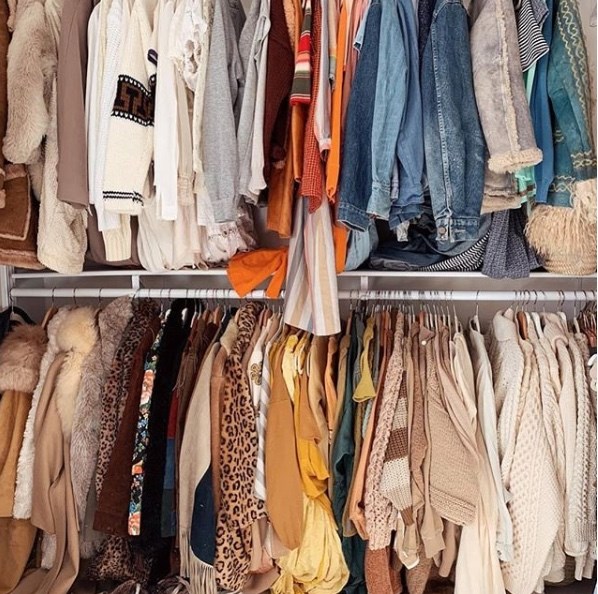If you’ve been browsing local thrift stores lately and noticed a bit more product than usual, you’re certainly not alone.
“We filled our seller spots in less than a week,” says Randa Salloum, owner of the second-hand pop-up shop business Archive.
She attributes some of the popularity of purging to Marie Kondo’s KonMari method.
“Before her show it took five months [to fill seller spots].”
Marie Kondo’s The Life-Changing Magic of Tidying Up has sold over seven million copies around the world. She recently released a Netflix series in which she helps people clear their space and organize their lives. She has also just released the KonMari app, free on iPhones, to help people with what she calls their “tidying journey.”
In San Francisco, second-hand shop Community Thrift has also see donations spike. An employee told CityLab that people have been thanking their objects before giving them away.
It’s a trademark Marie Kondo move, saying thank you to objects for being of use in your life before letting them go.
“I’m able to have more selection to pick items to go in our shop,” said Holly Ostler, owner of Elizabeth O Vintage, “due to people purging what doesn’t spark joy for them.”
For Salloum, she had to open a second phase of the Archive sale with demand so high:
“We also have charities giving us their clothes because they have zero space for everyone who’s dumped it on them.”
Washington, D.C.-area Goodwills reported a 66% spike in donations during the first week of January, according to the Washington Post; with one branch reporting a 367% increase. Chicago’s Ravenwood Used Books store got a month’s worth of donations in a week, its owner told CNN.
Thrift stores and second-hand shops are having a moment, and so far it seems merchandise at curated shops like Archive and Elizabeth O are sparking joy for shoppers. The extra clothing that even charities can’t get rid of may prove to be a tougher sell.
What remains to be seen is if this trend sticks.
If it does, retailers may find themselves fighting harder and harder to convince consumers that their products spark joy.
If they can’t, the ripple effects on our economy might be bigger that what we’ve seen yet.
Ada Slivinski is the Founder & Principal of Jam PR, a boutique agency focused on helping small businesses get big exposure. You can reach her at [email protected]



